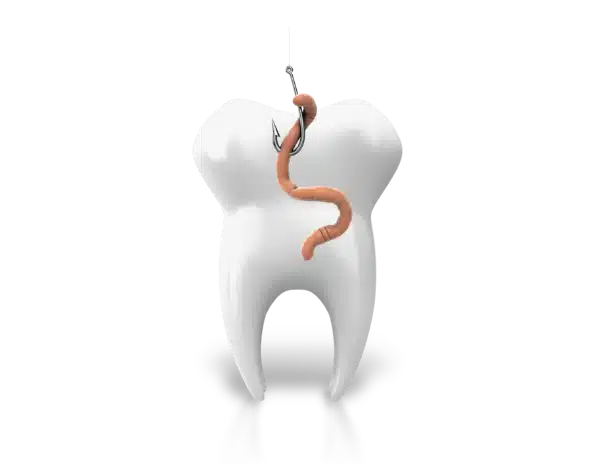The earliest record of tooth decay was described by the Sumerians as “tooth worms”. In ancient Greece, toothaches were also believed to be caused by tiny worms burrowing into teeth. This misconception led to the practice of treating toothaches by applying a mixture of crushed insects and herbs to the affected tooth. While this remedy may seem repulsive by modern standards, it reflects the ancient Greeks’ attempt to explain and alleviate dental pain through unconventional means. Later, in the Middle Ages, people continued to believe that toothaches were caused by tiny, invisible creatures — again called “tooth worms” — that burrowed into teeth and gnawed away at them. This belief persisted for centuries and led to various gruesome remedies, including the use of charms, amulets, and even prayers to ward off these mythical creatures. Despite advancements in dental science, the concept of tooth worms persisted in folklore and cultural beliefs for many years.




